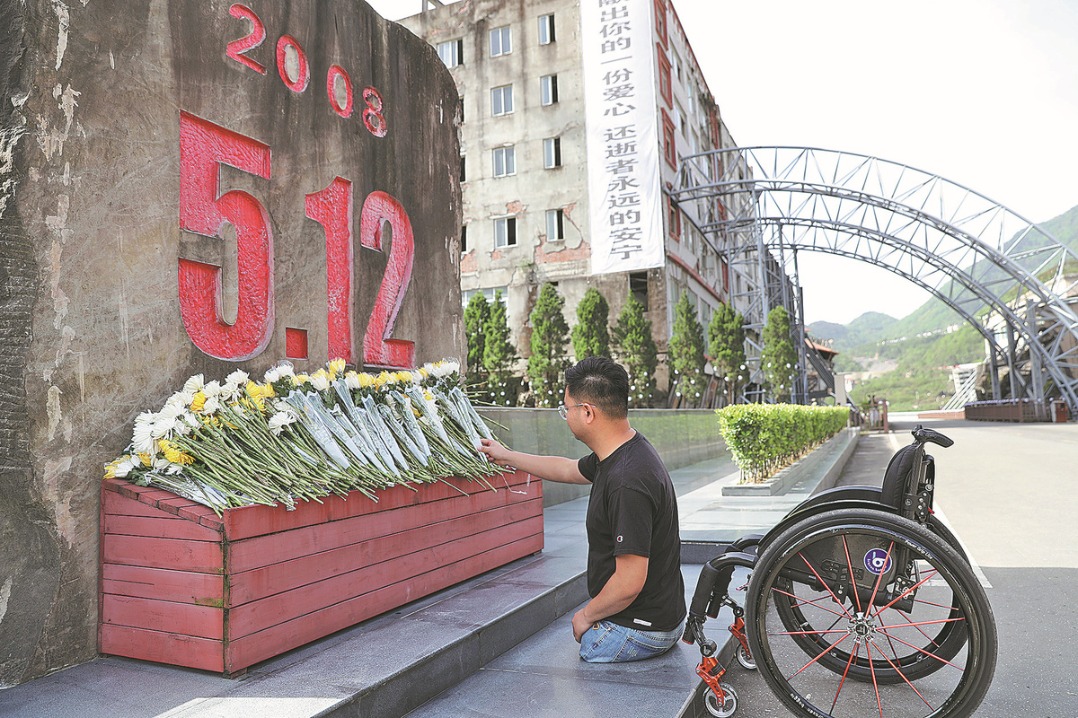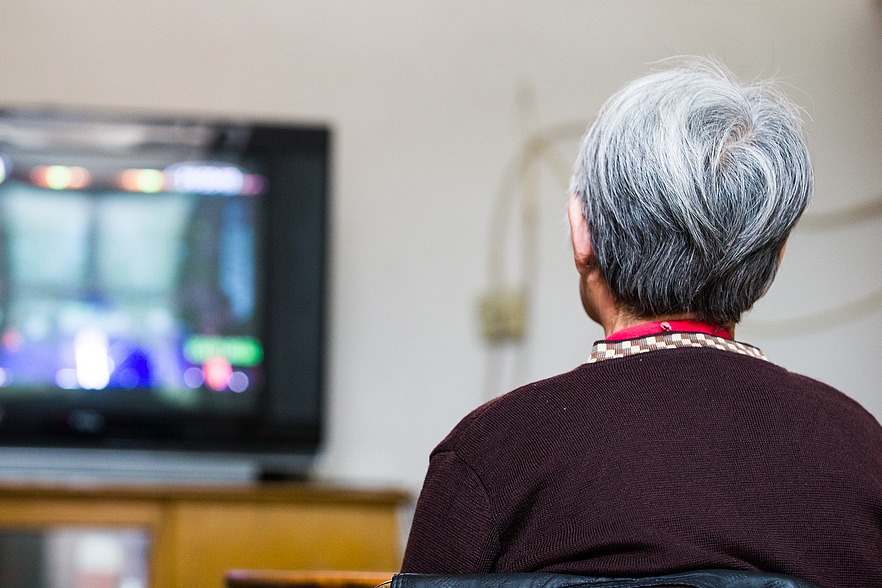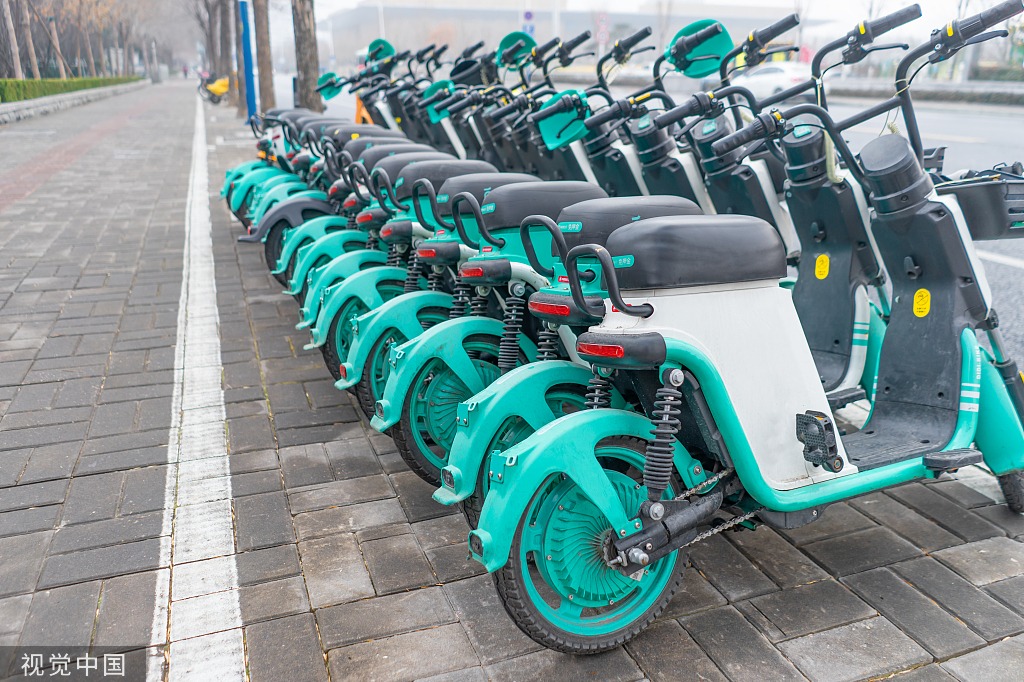Locals help minority students adapt to school life
China Daily | Updated: 2018-08-22 11:27
Residents in a neighborhood in Northwest China's Ningxia Hui autonomous region know that 65-year-old Zhao Shuzhen has three children, two biological daughters, and one Tibetan "daughter".
Zhao lives in the Gongxiang community in the city of Yinchuan, capital of Ningxia. The city is home to North Minzu University, where about 60 percent of its 20,000 students are from Chinese minority ethnic groups.
In 2015, Gongxiang, a neighborhood consisting of Hui, Han, Manchu, Mongolian and Tibetan ethnic groups, launched an aid program to help minority students living far from their hometowns better integrate into school life and local culture.
"My son went to university in the coastal province of Fujian in 2015. I know it was challenging for him to get used to a totally strange environment," said Liu Lijuan, head of the Gongxiang neighborhood committee.
"Like my son, there must be many university freshmen facing similar problems," said Liu.
Zhao's family is one of those in Gongxiang that receives students from the university.
Zhao met Kelsang Tsomar in 2015, when the freshman from Tibet autonomous region moved to the neighborhood to teach Tibetan dance to residents as a volunteer.
From then on, their "mother-daughter" relationship started, Zhao said.
"It is really hard for a young girl to leave her hometown in Tibet to study in Ningxia, where she has no relatives and knows little about the city and local customs," said Zhao.
"When she came to see me, I told her many things about this city and local people to help her adjust more quickly to her new environment," said Zhao. "Likewise, she told me many interesting things about her hometown."
"My two daughters are married and have left home. I treated Kelsang Tsomar like my own daughter," Zhao said.
On the weekends, Zhao would prepare a table of food for her "youngest daughter", and they would have a good time sharing their latest news.
"Aunt Zhao is my most frequent visitor to the campus. She often brings me delicious homemade food," said Kelsang Tsomar.
Over the past three years, they have become very close. "She graduated and returned to her hometown two months ago. I miss her so much," Zhao said.
In Gongxiang, nine other such "families" receive a total of 14 minority students, four of whom are in the care of 61-year-old Wang Juru.
"I have five 'kids' from four ethnic groups," Wang said. "Apart from my biological daughter, I have a Mongolian 'son', two Uygur 'daughters' and one Kirgiz 'daughter'."
Wang said that her five "children" get along well with each other. They have a group on WeChat under the name of "all ethnic groups are one family". They even invited their parents into the group.
"The mothers in the group often share cooking recipes via video. I have not met them but I feel like they are my old friends," Wang said.
"We will continue the program. We hope more minority students will join the program and feel the warmth of the families in our neighborhood," Liu said.
Xinhua
























